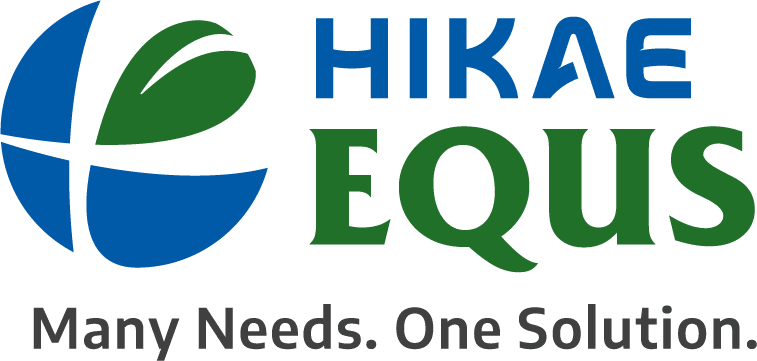Exploring the resilience of structural steel and concrete clad expanded polystyrene panels
In the realm of construction and architecture, technological advancements are constantly reshaping the way we design and build structures. One such groundbreaking technology that has gained prominence is the use of ‘Hikae Equs Panels’ (Structural Steel and Concrete Clad Expanded Polystyrene panels). This innovative construction method combines the strength of steel, the durability of concrete, and the insulating properties of EPS, resulting in structures that are not only resilient but also highly energy-efficient. As the panels are finished at the factory prior to being assembled at site and finishing, they are also referred as readymade walls. Before delving into the advantages of this technology, it is essential to understand its components.
The Components of Hikae Equs Panels:
Structural Steel: Structural steel has long been a cornerstone of the construction industry. Known for its high strength-to-weight ratio, durability, and versatility, it has been used in a wide range of Safe Building projects, from skyscrapers to bridges. However, the integration of structural steel with EPS panels takes its utility to a whole new level.
The shell of Concrete Cladding: Concrete is renowned for its durability and resistance to environmental factors. Concrete cladding is used in combination with structural steel to encase the EPS core. This exterior layer not only enhances the aesthetic appeal of the building but also offers several functional benefits. In this application, it serves as a protective and aesthetic cladding for the building’s exterior making it a fire-resistant building.
The Hikae Equs Core of Expanded Polystyrene: This is the hidden hero within the panels. Expanded Polystyrene as a material is lightweight, highly resistant to heat and sound transfer, resists moisture and fire. These properties make it an ideal core material for these panels referred as readymade walls.
Benefits of Hikae Equs Panels:
Exceptional Structural Resilience: : The integration of structural steel ensures that the safe building constructed with these panels are exceptionally strong and resilient. They are capable of withstanding a wide range of structural stresses, including high winds, earthquakes, and heavy loads making them a hurricane resistant building, a cyclone resistant building, an earthquake resistant building, an impact-resistant building.
Energy Efficiency: The core in these panels acts as an excellent insulator. It helps maintain stable indoor temperatures by minimizing heat transfer, thus reducing the need for heating and cooling. This translates into lower energy consumption, reduced utility bills, and a smaller carbon footprint.
Quick and Cost-Effective Construction: The assembly of Hikae Equs Panels is a streamlined and efficient process. Since these readymade walls are prefabricated off-site, construction time is significantly reduced. This not only saves time but also reduces labour costs, making it a cost-effective solution.
Design Flexibility: These readymade walls offer architects and designers considerable flexibility in creating aesthetically pleasing and functional buildings. The concrete cladding can be customized in various finishes and colours, providing a wide range of design possibilities.
Sustainability: The use of EPS in the panels aligns with sustainable building practices. Expanded polystyrene is recyclable and has a low environmental impact. Additionally, the energy efficiency of buildings constructed with these sustainable construction practices. Expanded polystyrene is recyclable and has a low environmental impact. Additionally, the energy efficiency of buildings constructed with these readymade walls reduces overall energy consumption and greenhouse gas emissions.
Noise Reduction: The insulating properties of expanded polystyrene extend beyond thermal insulation. They also contribute to noise reduction, creating quieter and more comfortable indoor environments.
Applications of Hikae Equs Panels:
Residential Construction: These panels are increasingly being used in residential buildings, where their energy efficiency and quick construction process are highly advantageous.
Commercial and Industrial Structures: The durability and strength of these panels make them suitable for a wide range of commercial and industrial applications, including warehouses, factories, and retail spaces.
Institutional Buildings: Educational institutions, healthcare facilities, and government buildings benefit from the resilience and energy efficiency of these panels.
Green Building Projects: Projects aiming for green building certifications, such as LEED, often incorporate these panels due to their sustainability and energy-saving attributes.
These panels represent a significant leap forward in modern construction technology. Embracing this innovative technology not only ensures the creation of resilient structures but also contributes to a more sustainable and energy-efficient built environment for generations to come.





